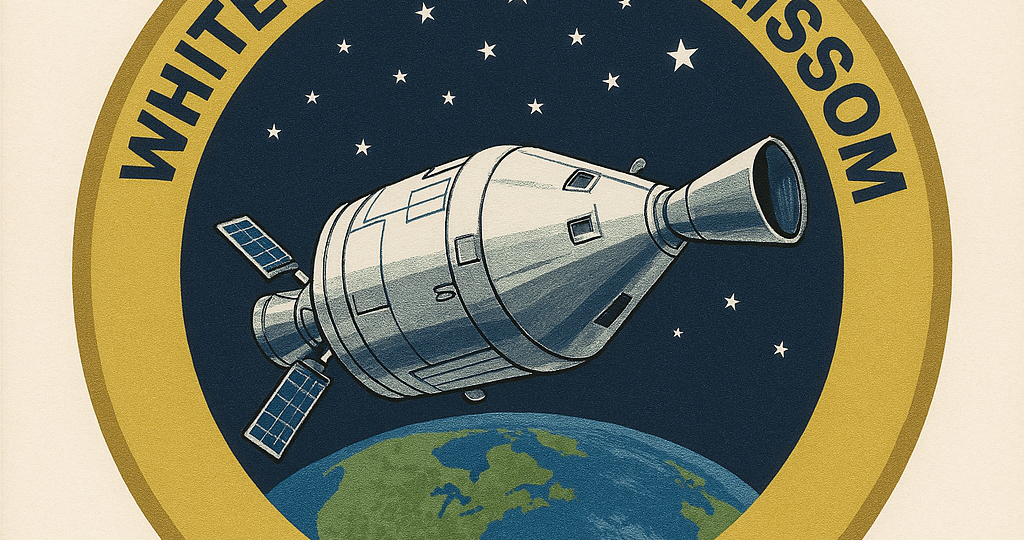
Welcome back. The moon is close, but hasn’t been reached yet. What steps are they taking?
Well, NASA officially launched the Apollo missions. The beginning was marked by both triumph and tragedy. On January 27, 1967, disaster struck when a fire erupted inside the Apollo 1 capsule during a routine ground test. Astronauts Gus Grissom, Ed White, and Roger Chaffee were killed instantly. This tragedy forced NASA to rethink safety from the ground up, redesigning the spacecraft and strengthening protocols. The loss was devastating, but it ultimately made the program safer.
Meanwhile, across the world, the Soviet Union suffered its own tragedy. In April 1967, Soyuz 1 launched with cosmonaut Vladimir Komarov on board. Mechanical failures plagued the mission, and on re-entry, the parachute malfunctioned. Komarov was killed, becoming the first human to die during spaceflight. Both Apollo 1 and Soyuz 1 were sobering reminders that the race to space carried a steep price, paid in lives as well as money.
By late 1968, NASA was ready to try again. Apollo 7 lifted off in October, carrying a crew into Earth orbit for eleven days. The mission tested the redesigned Apollo spacecraft and proved it could support humans for long durations. With confidence restored, NASA prepared to take the boldest leap yet.
That leap came with Apollo 8 in December 1968. Frank Borman, Jim Lovell, and Bill Anders became the first humans to orbit the Moon. They sent back breathtaking images, including the now-iconic “Earthrise,” showing our fragile blue planet against the vast black of space. On Christmas Eve, the crew read from the Book of Genesis during a live broadcast, watched by millions on Earth. It was a moment of unity in a turbulent decade, and it signaled that the Moon was finally within reach.
RELATED POSTS
View all


